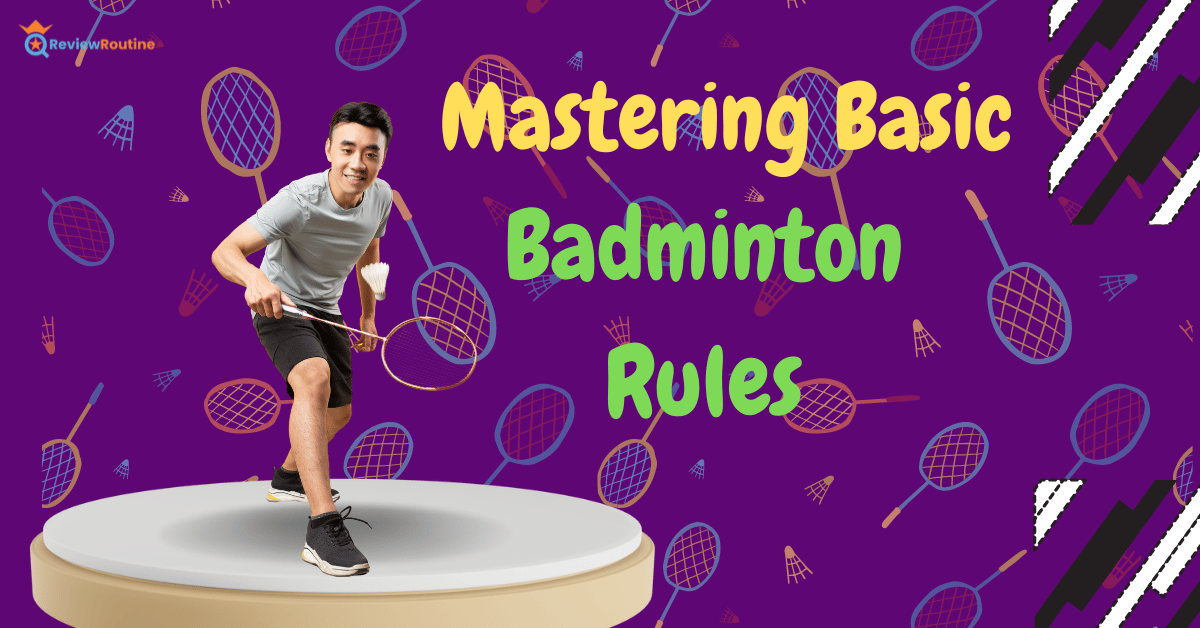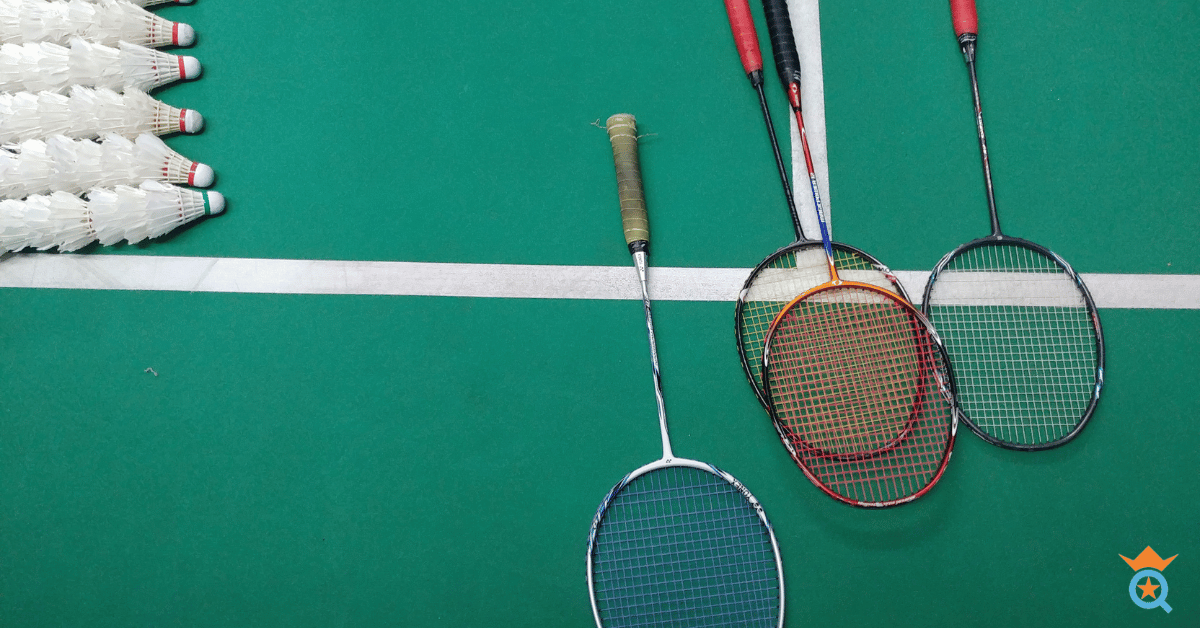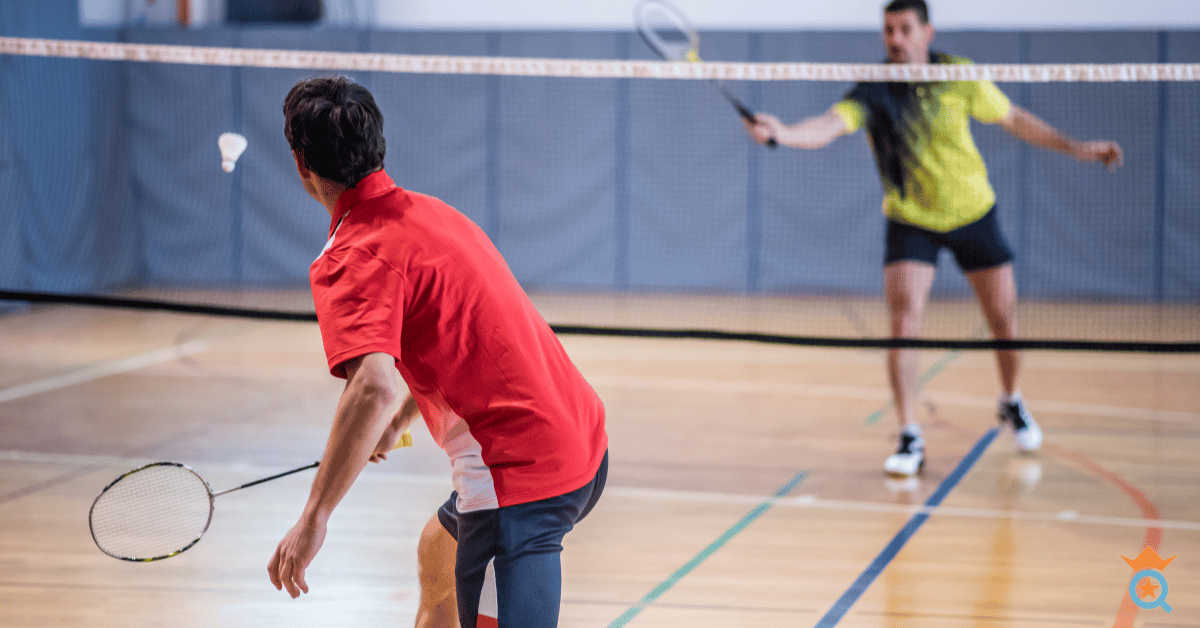Since time immemorial, badminton has held the world captive with its alluring blend of swiftness, precision, and tactical finesse. Originating from the captivating courts of the 16th century, this sport has steadily fluttered its way to the grand stage of the Olympics, charming a global audience in its thrilling wake.
Especially in the Eastern world, countries like China and India, this game of birdies and rackets has ignited a fiery passion among sports enthusiasts. The crescendo of applause as the shuttlecock gets whizzed across the net, the suspense-filled silence of a long, intense rally, and the triumphant roar as the winning point is scored—these are the heart-stirring moments that make badminton more than just a game.
From backyard fun to professional tournaments, badminton casts a wide net, capturing hearts across ages, cultures, and skill levels. So, what's the secret sauce behind the magnetism of this sport? Well, it all boils down to the basic badminton rules that form the core of every service, every rally, and every game.

But wait! Before we dive into the heart of these rules, let's take a moment to appreciate the beautiful symphony of agility, strategy, and physical prowess that underlines this dynamic sport. A combination of footwork precision, hand-eye coordination, and razor-sharp anticipation, badminton truly exemplifies the perfect blend of physical and mental engagement.
Think about it - the blistering speed of the shuttlecock, the swift movement of players, the sharpness of their reflexes, and the sheer thrill of making that perfect shot! This sport is not just about power, but also about the sweet science of angles, strategy, and finesse.
Now, with the spirit of badminton soaring high in your heart, let's delve deeper into the basic badminton rules that govern this exciting game. Get ready to unravel the magic of badminton, one rule at a time!
Goal-Setting: What's the Point?
Every stroke, smash, and drop in badminton is driven by one primary objective - to strategically direct the shuttlecock over the net, landing it within the boundaries of the opponent's court.
A successful rally earns you a point when your adversary hits the shuttlecock out or into the net.
To triumph, you need to amass 21 points, thereby winning a set. Typically, the best of three sets clinches the match.

Essential Equipment and Players
Whether it's a singles or a doubles game (including mixed doubles), each player wields a stringed badminton racket. While it bears a resemblance to a tennis racket, the head is smaller. The game's centerpiece, the shuttlecock, comprises a semi-circular ball at the base encircled by a feather-like material.
The badminton court, measuring 6.1m in width and 13.4m in length, is divided by a 1.55m net. There are different boundary lines for singles and doubles matches - the inside lines denote singles matches, while the outside line denotes doubles matches.

Get Ready, Get Set, Serve!
Now, let's delve into the art of the serve. After a friendly toss to kick off the game, the initial server must serve diagonally across the net to the respective service court on the opponent's side. Make sure to serve underarm and keep it below your waist. Sorry, no overarm serves are allowed here! But hey, that's part of the fun, right?
Also, remember there are no second chances in badminton—there are no second serves. So, your server serves should be your A-game, every time! And as you win points, you'll change service courts, adding a delightful twist to the game.
Scoring: The Heart of the Game
A successful strike that sends the shuttlecock sailing over the net, landing it in the opponent's service court, gets you a point. Points are also scored when the opponent hits the shuttlecock into the net or outside the court boundaries.
To triumph in a game, you must reach 21 points before your adversary. In case of a tie at 20-20, the player who secures a two-point lead first emerges victorious. If the tie persists till 29-29, the one scoring the 30th point wins the set. Winning two out of three sets will earn you the overall game victory.

It’s Not Over Until It’s Over: The Special Third Game
In the event of a tie, you'll face the ultimate challenge—a third game. In this deciding game, the server wins and gets the honor of serving first.
But remember, each point won means the same server keeps serving from the alternate service court. The tension mounts with every shuttlecock hit, and every rally won, making the third game a true test of skill, strategy, and endurance.
An End and a Beginning
Now that you've got the low-down on the basic badminton rules, you're ready to hit the court and send those shuttlecocks soaring. Remember, every match is a new opportunity to learn, grow, and discover the fun in every serve, every rally, and every point scored.
So, there you go, future champ! You're all geared up with the basic badminton rules. Don't let anything hold you back now. Find your nearest badminton court, call a friend, and get ready to rule the game.
Let every shuttlecock hit, every point scored be a testament to your spirit and your skills.

The Rules of the Game: Every Player's Playbook
Now, let's get to the heart of the matter. Here are the basic badminton rules to follow:
- Badminton matches can be a cozy two (singles) or a party of four (doubles).
- Official matches need to be played indoors on the proper court dimensions (6.1m by 13.4m) with a net set at 1.55m.
- Scoring a point requires that the shuttlecock hits within the appropriate service court of your opponent.
- If the shuttlecock hits the net or lands out, it's a freebie point for your opponent.
- Players serve diagonally across the net. As you win points, the service switches sides.
- There are no second serves in badminton, so make your first serve count!
- A serve must be executed underarm and below the server's waist.
- A toss at the start decides who serves first and from which side of the court.
- Once the shuttlecock is live, players can move freely and even hit the shuttlecock from outside the playing area.
- Touching the net with any part of the body or racket is a fault and gives a point to the opponent.
- A fault is also awarded if a player deliberately distracts their opponent, catches the shuttlecock in the racket and flings it, hits it twice, or infringes upon the laws of badminton.
With these rules up your sleeve, you're all set to take on the court and impress everyone with your newfound skills.
To fully immerse yourself in the game, investing in a good pair of badminton shoes is crucial. With their specialized soles, they offer the grip and support needed to enhance your speed and mobility on the court.
Mastering the basic rules of badminton is the first step towards elevating your game. Whether you're aiming to be the next badminton champion or just looking to enjoy a friendly match at your local court, a clear understanding of these rules will ensure a seamless and enjoyable gameplay experience.








